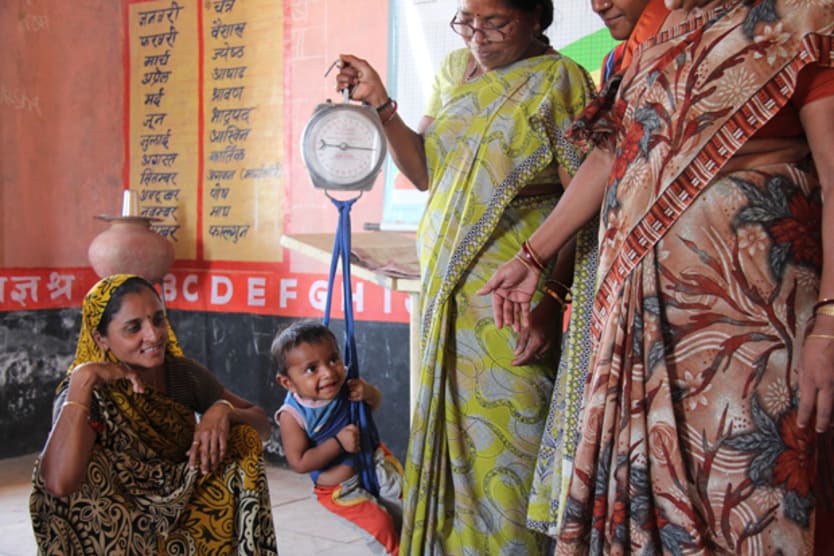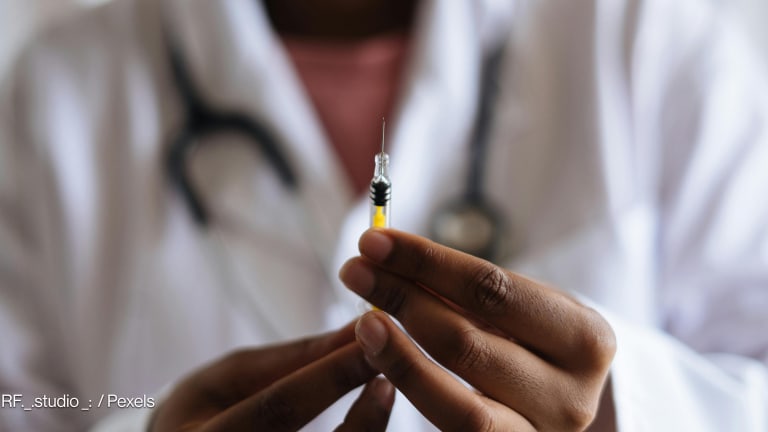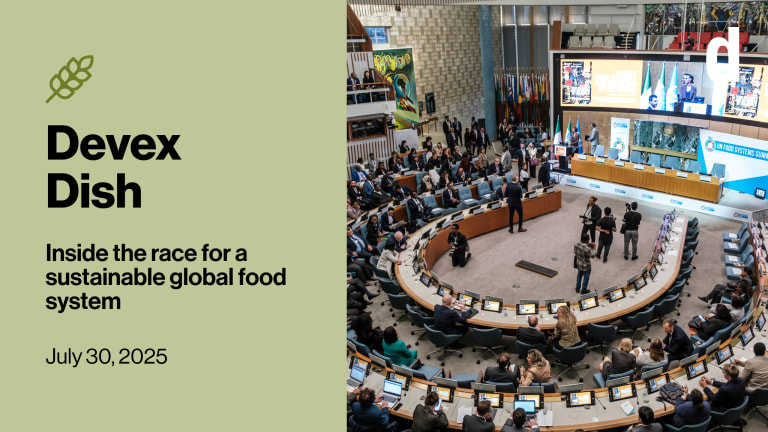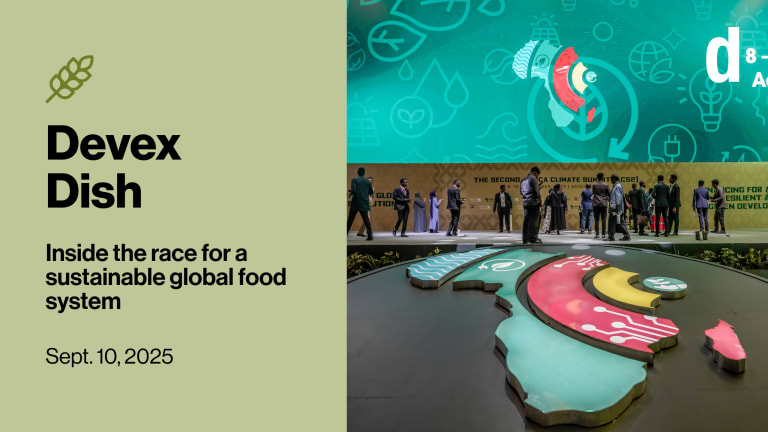
The link between good nutrition and the health and wellbeing of women and children is well understood — not only throughout pregnancy and the critical first two years of life, but also before pregnancy occurs, when nutrients such as iodine and folic acid are essential. It is this pre-pregnancy window that presents a challenge to the traditional approach of delivering nutrition through the public health system, and makes the prospect of using supply chains an exciting development.
While critical, delivering nutrition through the health system is not sufficient to fulfil the needs of all population groups at all stages of life. This is because health extension services may not reach large portions of the population living in rural areas, and because women often do not travel to health clinics until the second trimester of pregnancy, missing out on the key pre-pregnancy window. Innovative delivery strategies are therefore needed to ensure that women, particularly those in rural communities, are healthy throughout their lives.
See more #FeedingDev articles:
• How to fine-tune market systems to advance food security
• The struggling African farmer recast as enterprising entrepreneur
• Bricks and ladders: Integrating smallholder farmers into value chains
With women representing 43 percent of the agricultural labor force in developing countries, an early but promising opportunity is emerging to deliver nutrition through agricultural supply chains. The concept of investing in inclusive and sustainable supply chains is not a new one. In recent years, global attention in agricultural supply chains has increasingly focused on sustainability programs and certification standards for the production of cash crops (schemes like Fairtrade or Rainforest Alliance, for example). These structures traditionally address productivity, labor conditions, environmentally sustainable production methods and human rights with a view to contributing to development more broadly. The promotion of good agricultural practices is at the core of such programs, but nutrition is rarely addressed through these schemes.
This is a missed opportunity. The agricultural system is already reaching cash crop farmers and workers in rural areas with a variety of agricultural inputs, such as seeds and fertilizers, training and market access programs. This system could be put to good use in delivering low-cost proven interventions such as the fortification of foods, supplementation, promotion of exclusive breastfeeding, and production of nutritious foods.
Perhaps most interesting is the prospect that these systems have for reaching people at scale and sustainably. The Global Alliance for Improved Nutrition is already working with large agricultural exporters to build nutrition improvements for workforces producing global commodities such as cocoa, coffee and tea, or for women workers in factories, which export into global markets. With tens of millions of smallholder farmers working in the production of these commodities, the potential reach can be massive.
The link between nutrition and agricultural productivity requires greater recognition and understanding. However, studies show that iron-deficiency anemia alone impairs adult productivity by upwards of 15 percent. The potential exists for companies buying these commodities to bear the cost of scaleup themselves as part of a wider productivity and sustainability agenda.
We have the infrastructure in place to reach women in rural populations for the benefit of themselves and future generations. With a good business case for doing so, there is little reason not to invest in delivering nutrition through agricultural supply chains.
Want to learn more? Check out Feeding Development's campaign site and tweet us using #FeedingDev.
Feeding Development is an online conversation hosted by Devex in partnership with ACDI/VOCA, Chemonics, Fintrac, GAIN, Nestlé and Tetra Tech to reimagine solutions for a food-secure future from seed and soil to a healthy meal.








